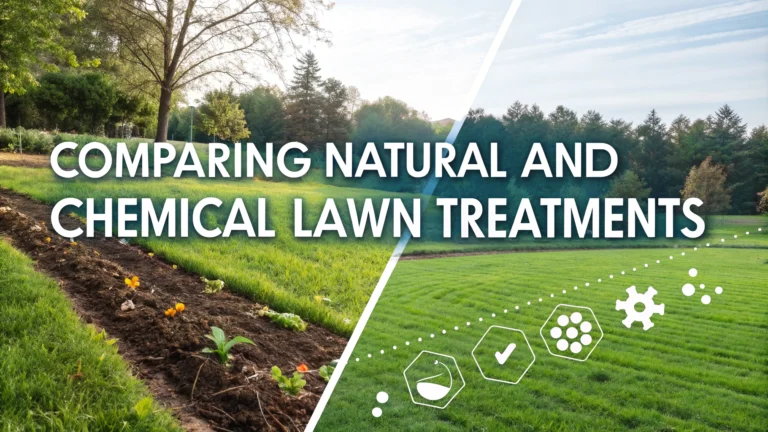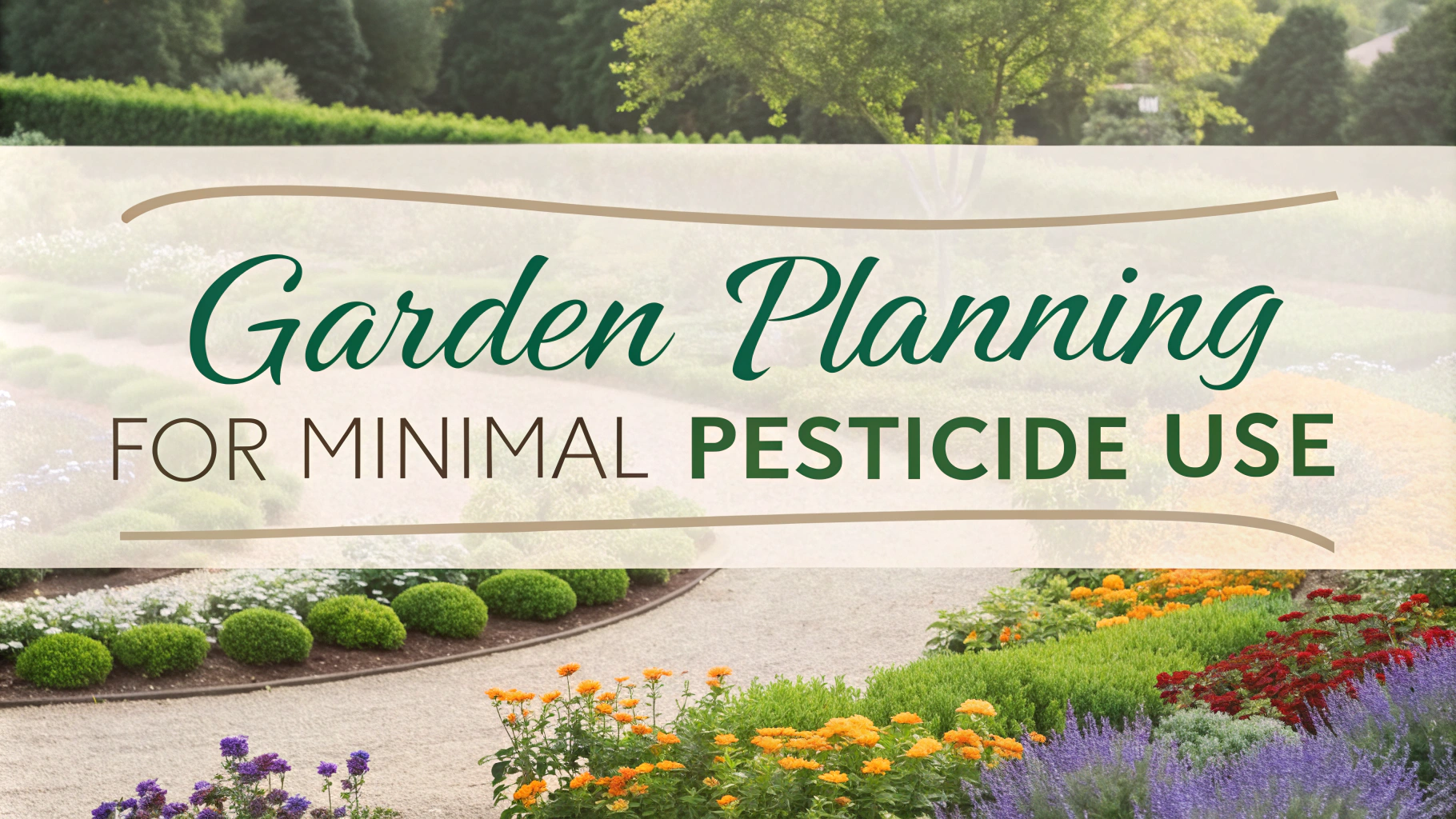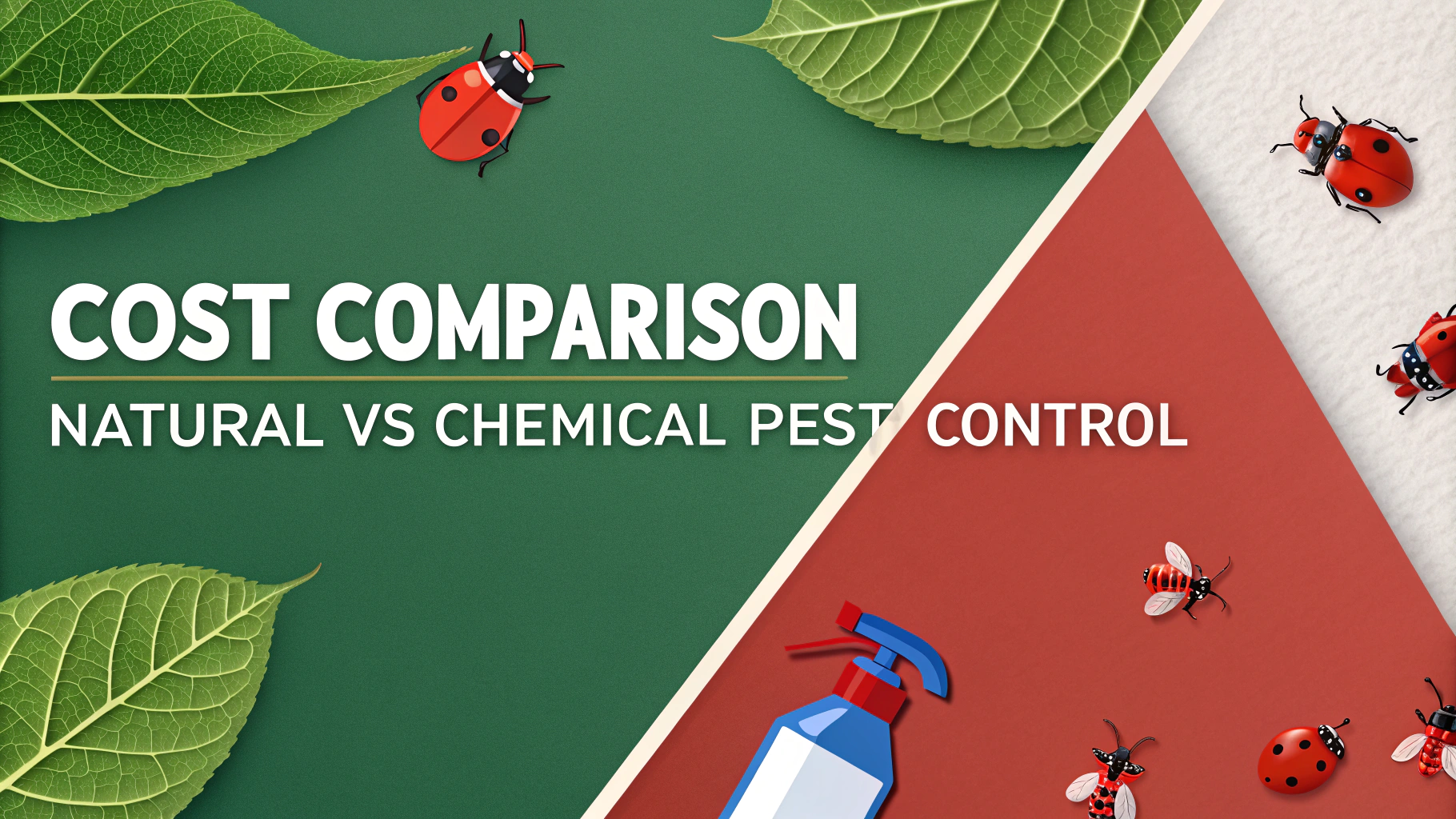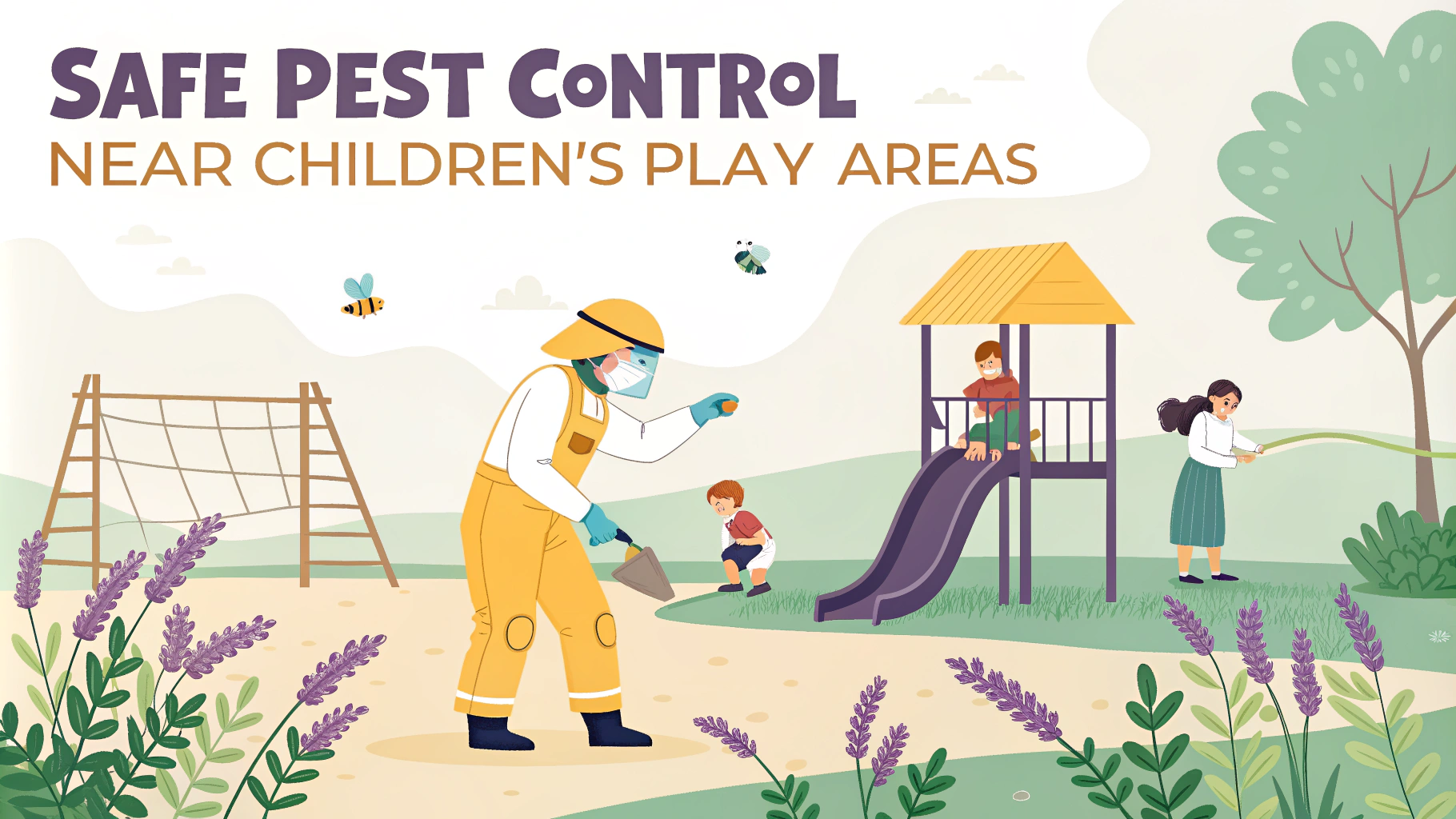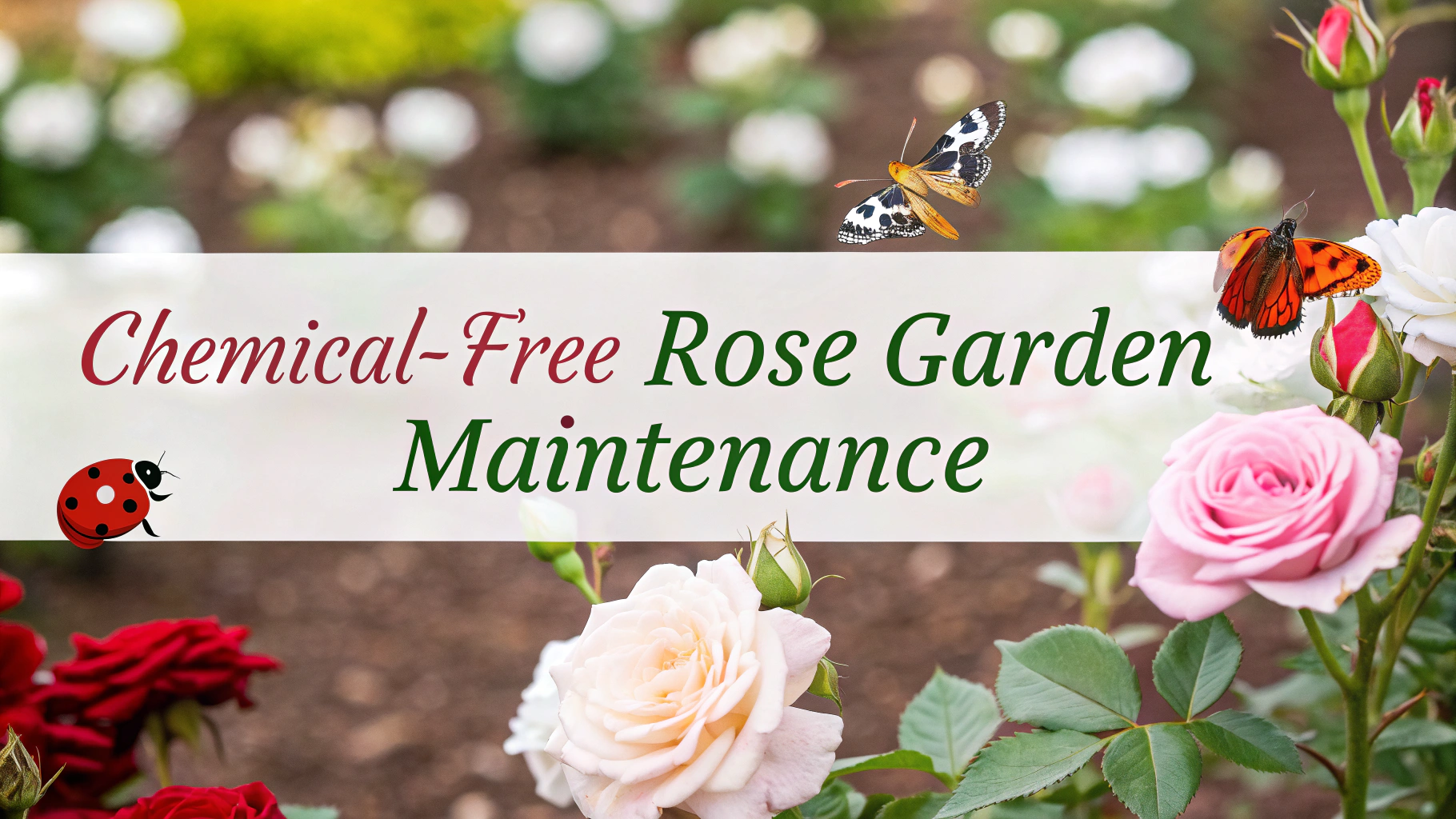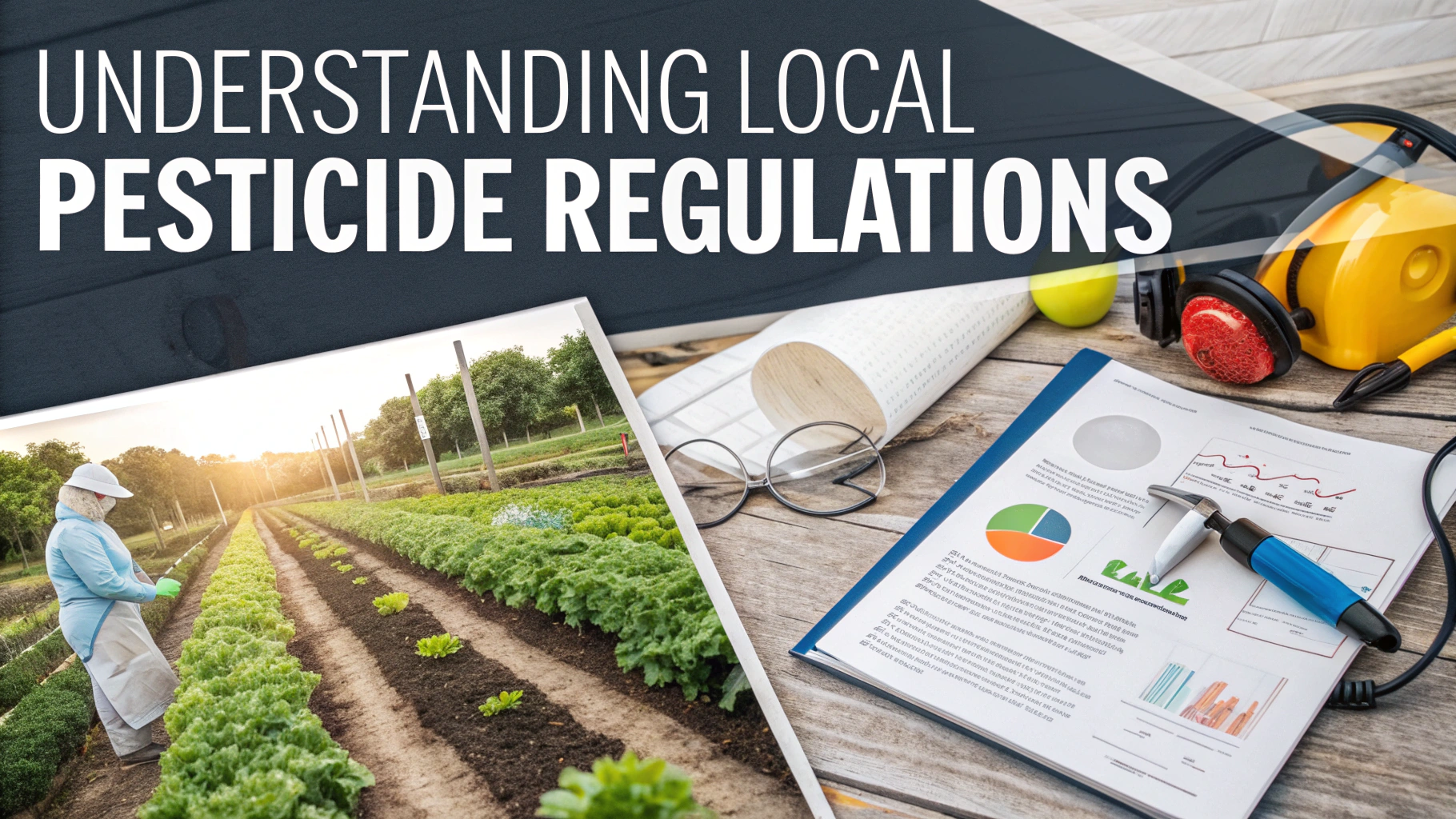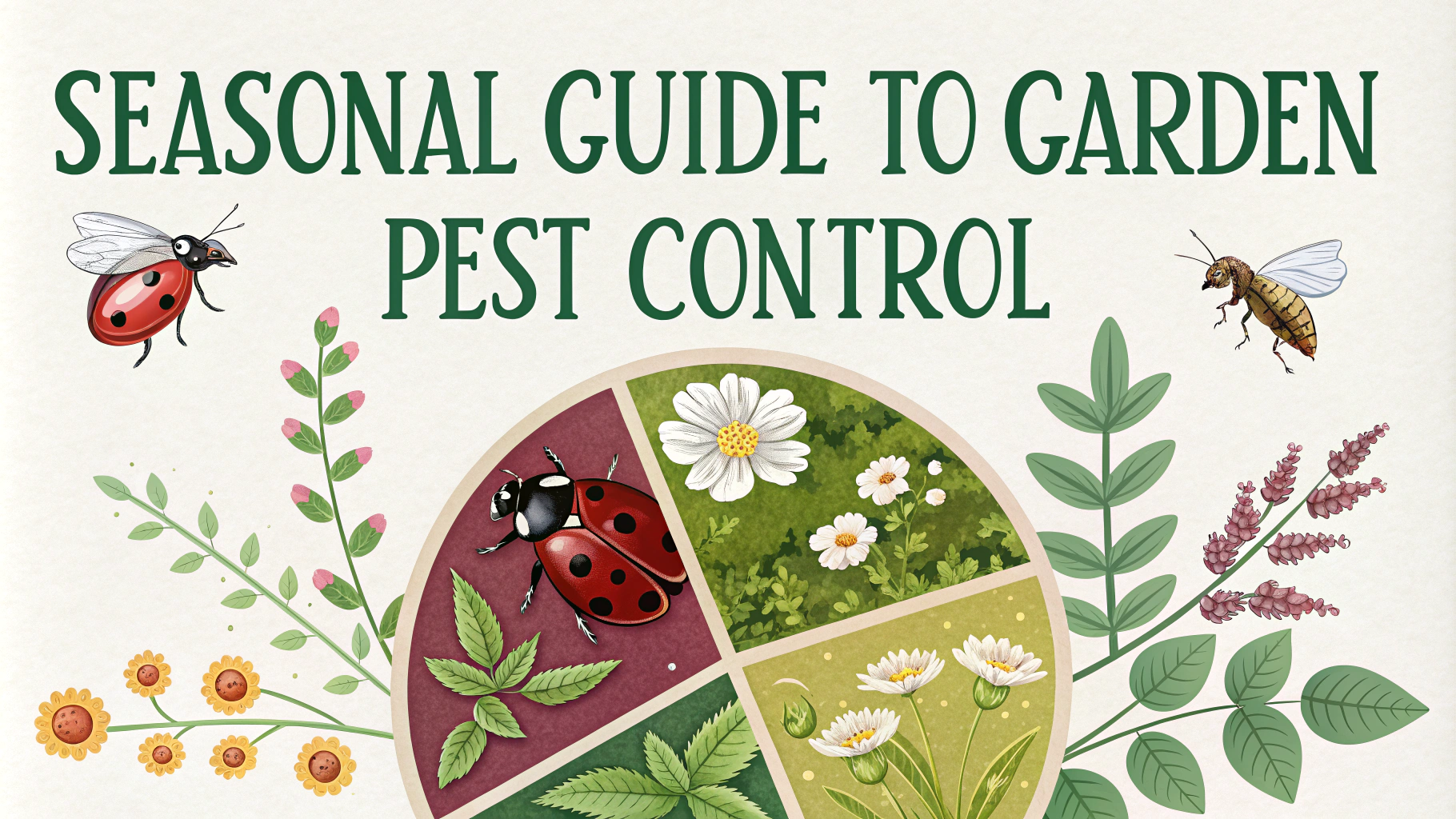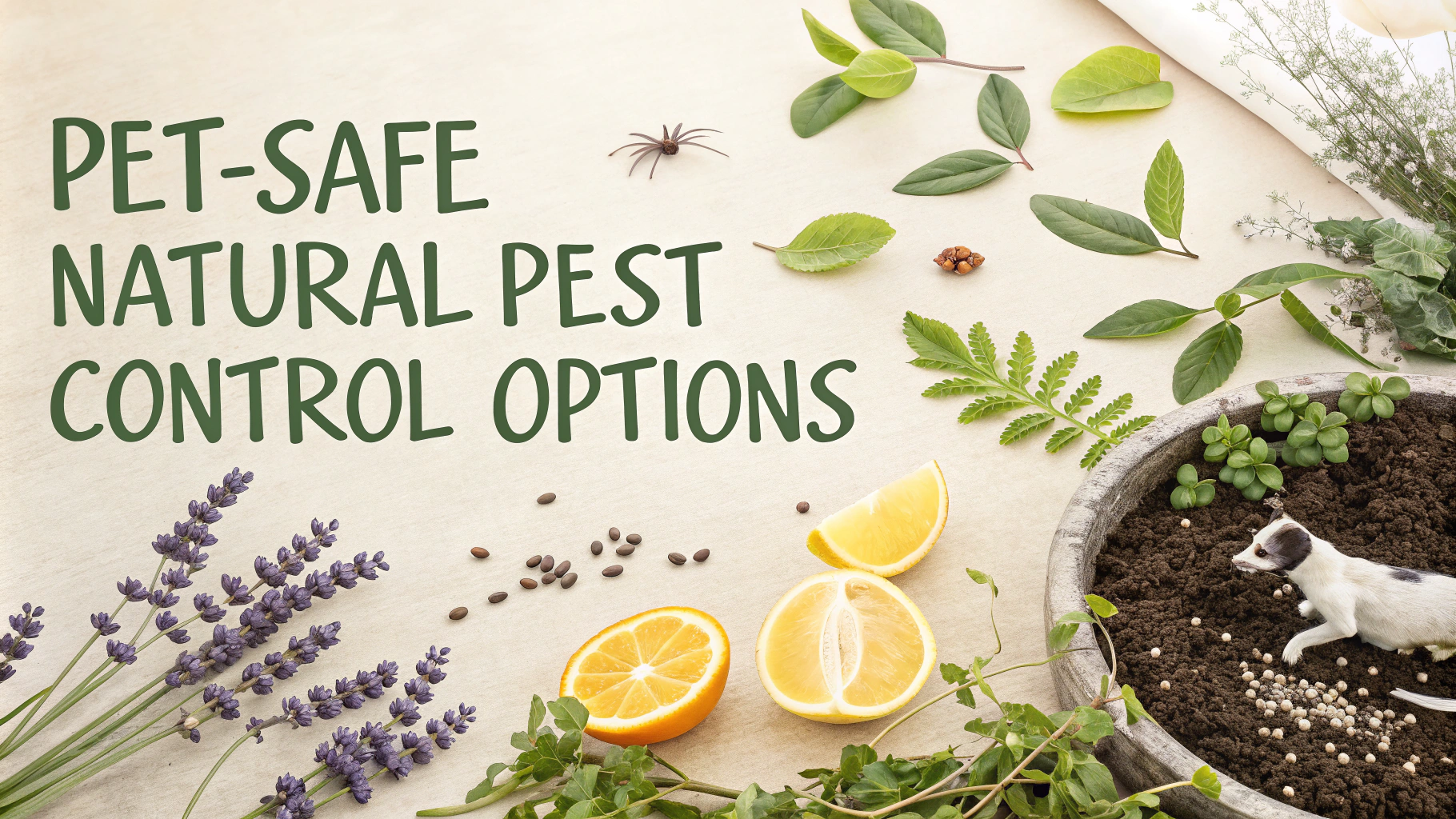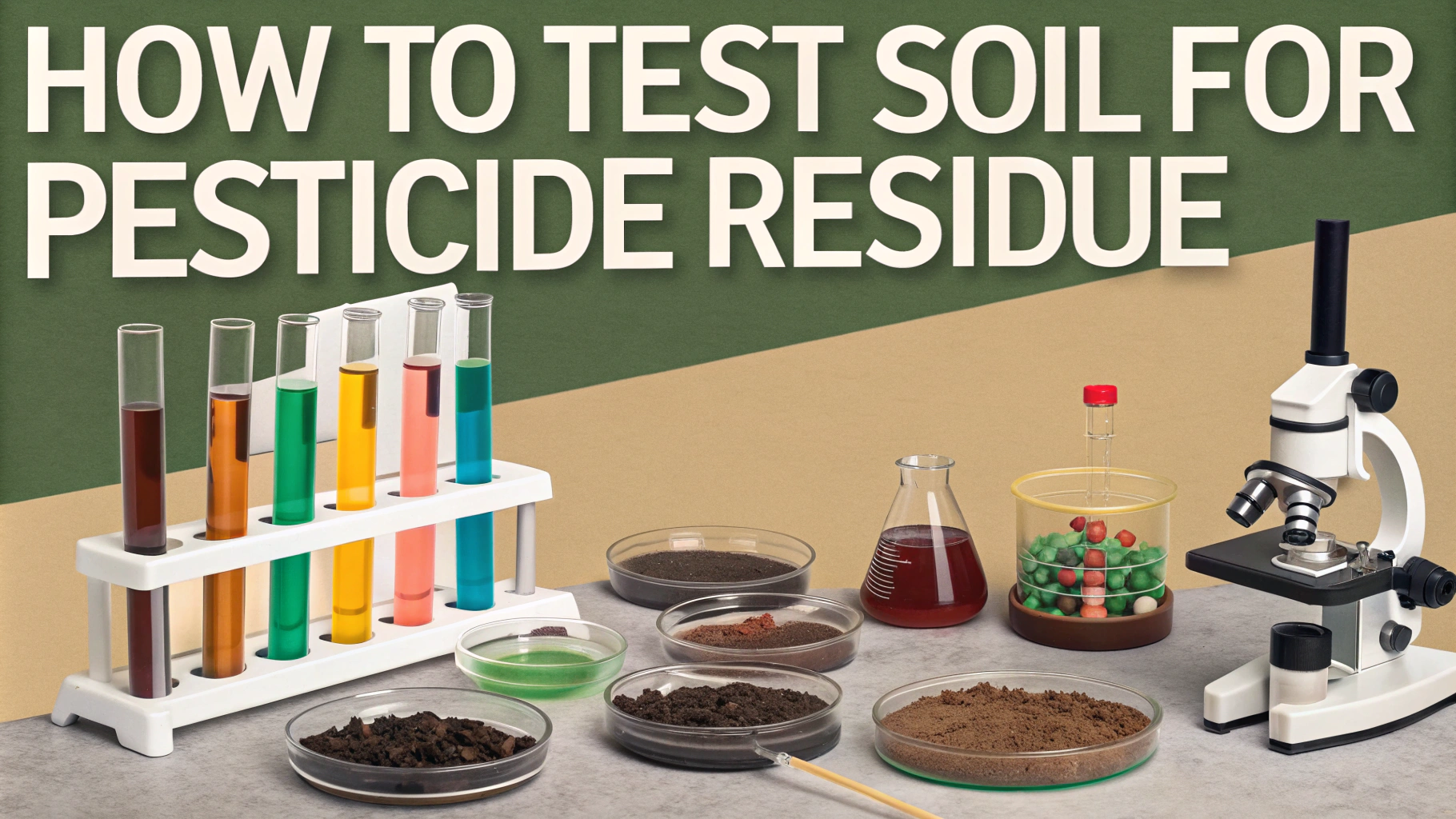Natural and chemical lawn treatments each offer distinct advantages and drawbacks for maintaining a healthy, vibrant lawn.
Natural Lawn Treatments
Organic fertilizers like compost, manure, and bone meal release nutrients slowly, improving soil structure over time.
- Corn gluten meal: Pre-emergent weed control
- Neem oil: Natural pest deterrent
- Beneficial nematodes: Control grubs and soil pests
- Vinegar solution: Spot treatment for weeds
Chemical Lawn Treatments
Synthetic fertilizers provide immediate nutrient availability but may harm beneficial soil organisms.
- 2,4-D: Broadleaf weed control
- Glyphosate: Non-selective herbicide
- Synthetic insecticides: Quick pest control
- Chemical fungicides: Disease management
Comparison Table
| Factor | Natural Treatments | Chemical Treatments |
|---|---|---|
| Cost | Higher initial cost | Lower initial cost |
| Speed of Results | Slower (weeks to months) | Faster (days to weeks) |
| Environmental Impact | Minimal | Potentially harmful |
| Long-term Benefits | Builds soil health | May degrade soil |
Safety Considerations
Chemical pesticides require protective equipment and careful application to prevent health risks.
Natural treatments are generally safer but may still cause skin irritation or allergic reactions in sensitive individuals.
Application Tips
- Test soil pH before applying any treatment
- Apply treatments during optimal weather conditions
- Follow label instructions carefully
- Keep pets off treated areas until dry
Expert Resources
Contact your local extension office for soil testing and specific treatment recommendations.
The Environmental Protection Agency provides guidelines for safe pesticide use.
Making Your Choice
Consider your lawn’s specific needs, local climate, and environmental concerns when choosing between natural and chemical treatments.
Always store both natural and chemical treatments in original containers, out of reach of children and pets.
Best Practices for Treatment Application
Successful lawn treatment requires proper timing and application techniques regardless of chosen method.
Timing Considerations
- Early morning or late evening application
- Avoid rainy days or extreme temperatures
- Follow seasonal treatment schedules
- Allow adequate time between treatments
Combined Approach Benefits
Many homeowners find success using an integrated approach, combining natural and chemical treatments strategically.
- Use chemicals for severe pest outbreaks
- Maintain with natural treatments long-term
- Rotate treatments to prevent resistance
- Adapt strategy based on results
Cost-Benefit Analysis
While natural treatments cost more initially, they often prove more economical over time by improving soil health and reducing the need for frequent applications.
Conclusion
Success in lawn care depends on choosing treatments that align with your goals, budget, and environmental values. Natural treatments offer long-term sustainability but require patience, while chemical options provide quick results but may impact soil health. Consider implementing a balanced approach, using each method’s strengths while minimizing their drawbacks.
Document your lawn care practices and results to refine your treatment strategy over time.
FAQs
- What are the main differences between natural and chemical lawn treatments?
Natural treatments use organic materials like compost, beneficial microorganisms, and plant-derived substances, while chemical treatments contain synthetic pesticides, herbicides, and fertilizers. Natural treatments work more slowly but provide long-term soil health benefits, while chemical treatments typically show faster results but may harm beneficial organisms. - Are natural lawn treatments as effective as chemical pesticides?
Natural treatments can be as effective as chemical pesticides when used consistently over time, though they may take longer to show results. They work by building soil health and natural resistance to pests rather than providing immediate elimination of problems. - What are common natural alternatives to chemical pesticides?
Common natural alternatives include neem oil, diatomaceous earth, beneficial nematodes, garlic spray, insecticidal soaps, pyrethrin (derived from chrysanthemums), and biological controls like ladybugs and praying mantises. - How do natural and chemical treatments affect soil health differently?
Chemical treatments can deplete soil microorganisms and lead to soil compaction over time, while natural treatments enhance soil structure, increase organic matter content, and promote beneficial microorganism growth, leading to better long-term soil health. - What are the environmental impacts of chemical versus natural lawn treatments?
Chemical treatments can contaminate groundwater, harm beneficial insects like bees and butterflies, and create chemical-resistant pest populations. Natural treatments are biodegradable, support local ecosystems, and don’t contribute to water pollution. - How do the costs compare between natural and chemical lawn treatments?
Initial costs for natural treatments may be higher, but they often become more cost-effective over time as soil health improves and requires fewer inputs. Chemical treatments typically cost less initially but require ongoing regular applications. - Are natural lawn treatments safe for pets and children?
Natural treatments are generally safer for pets and children as they don’t contain synthetic chemicals that can cause health issues. However, even natural substances should be applied carefully and according to instructions. - How long do natural treatments take to work compared to chemical options?
Chemical treatments typically show results within 24-48 hours, while natural treatments may take 5-7 days or longer to show visible effects. Natural treatments focus on prevention and long-term control rather than immediate results. - Do weather conditions affect natural and chemical treatments differently?
Natural treatments are often more weather-dependent and may need more frequent reapplication after rain. Chemical treatments typically have better weather resistance but can run off into water systems during heavy rain. - What is the best way to transition from chemical to natural lawn treatments?
Gradual transition over 1-2 growing seasons is recommended, starting with soil testing and improvement, introducing beneficial organisms, and slowly reducing chemical applications while increasing natural treatments.
